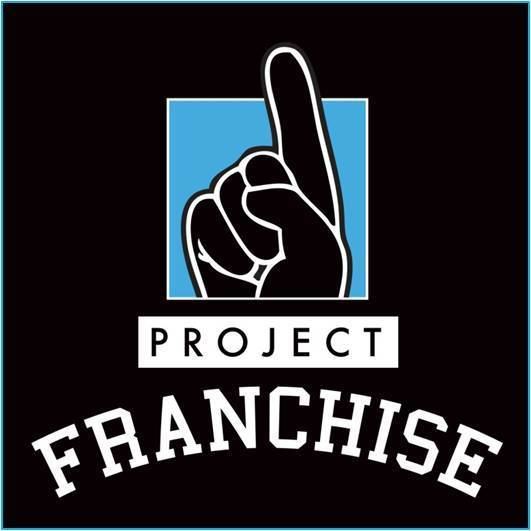Type LLC Founded 2015 | Industry Sports Website [1] | |
 | ||
Headquarters Los Angeles, California | ||
FANchise is creating the world’s first fan-run sports league and opening a new era of fan engagement by merging video gaming/eSports, fantasy sports, and real-life sports franchises.
Through FANchise’s patent-pending mobile app and web platform fans are in control of real football teams. Everything from hiring coaches, scouting and signing players, choosing the cheerleaders, and even calling the plays in real-time.
Currently, FANchise owns two out of 10 teams in the Indoor Football League (Salt Lake Screaming Eagles and Colorado Crush, a team that was previously owned by John Elway).
Led by an experienced management team of serial entrepreneurs with mobile, sports and media backgrounds and backed by actively engaged investors and advisors such as Andy Dolich (San Francisco 49ers, Memphis Grizzlies and Oakland Athletics), Ahman Green (Green Bay Packers), Al Wilson (Denver Broncos), Ray Austin (New York Jets and Chicago Bears) Manish Jha (NFL and ESPN), FANchise taps into the $145 billion sports market offering multiple revenue streams from traditional ticketing, sponsorships, concessions to monthly subscriptions, in-app purchases and media distribution and licensing agreements.
Five months prior to the start of the 2017 season FANchise had more than 30,000 highly engaged fans from all 50 states and 21 countries who have paid from $25-$650 to participate.
In the Press
FANchise has been featured in publications such the New York Times, which discussed the business concept and its potential, as well as GOOD Magazine, which detailed aspects of the group’s business plan. Other media coverage includes CBS Sports, Sports Illustrated, SportTechie, USA TODAY, FOX Business and other newspapers, magazines, websites and TV news stations.
